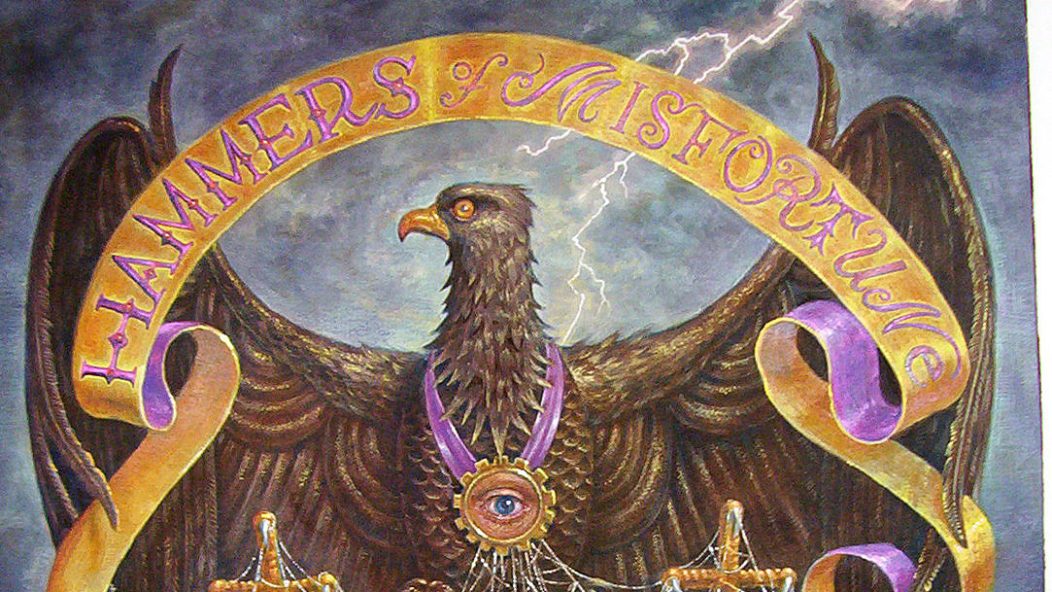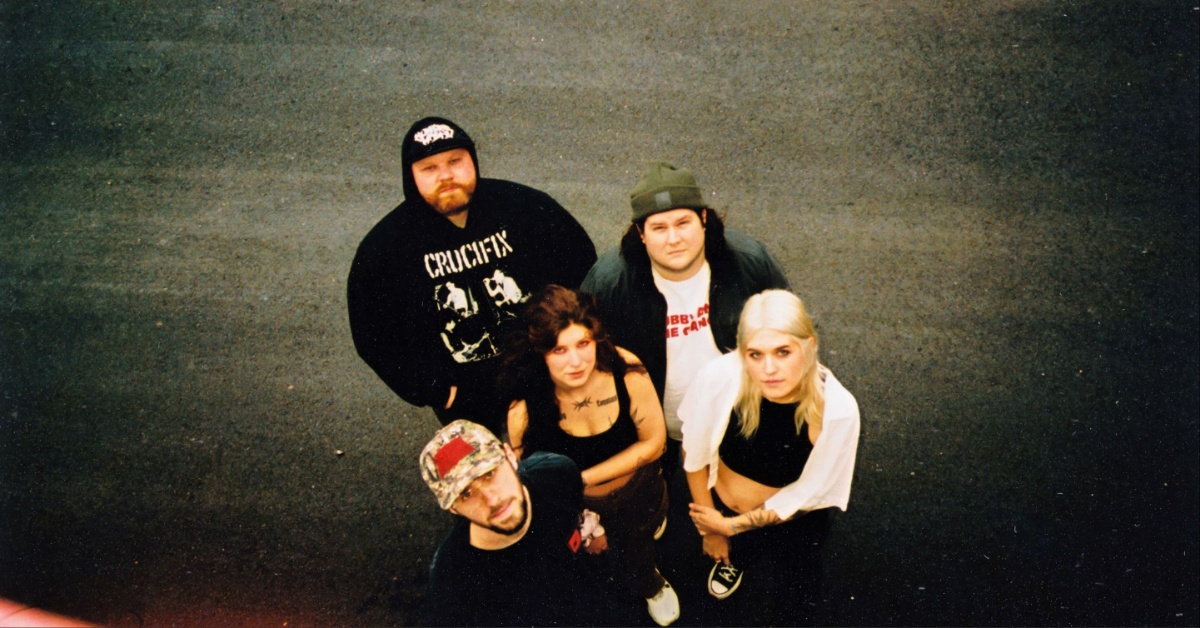
Records of the Week With Jon and Ted Week #13
Each Friday, Editors Ted Nubel and Jon Rosenthal will share their picks for Records of the Week — not necessarily what’s out this week, just whatever’s on our mind or on our record players.
Ted Nubel
Sun Gods in Exile
Black Light, White Lines
Over a decade ago, when I was in college and working on becoming a competent developer, I dallied in freelance web development—some “paid”, some purely to get familiar with the skills needed, which were definitely not front-and-center in late 2000s software engineering course loads. One such site, which my brother and I did for, if I recall, some free band merch, was the website for Sun Gods in Exile, a hard rock-meets-stoner-rock act from Maine with a heavy metal edge. These days, of course, unless you’re selling out large venues, a band website is essentially a vehicle to route people to other websites or host pictures nobody wants to see, but there was some value back then, and this one, as I recall, was crafted to resemble a muscle car. It’s defunct, but thanks to the magic of the Internet Archive, it’s still out there, in a way. And, if I have to say so myself, it doesn’t look half bad! Unless you’re on mobile, but looking at websites on phones was sort of a fledgling industry at the time.
I thought of all this earlier in the week when I was writing about a Small Stone band for UMR, the label that put out Black Light, White Lines. I’m overjoyed they’re still around and putting out great stuff—stoner rock and its spiderweb of related genres has gone pretty heavily into the occult space (and, simultaneously, the “identity-entirely-based-around-marijuana” space), but the pure strain shouldn’t be skipped: Black Light, White Lines is pretty much full-blast southern rock n’ roll with fat stoner tones and some doomy riffs here and there, and a treasure not to be buried.
Listening to it again this week was like putting on an old, comfortable sweater. Adam Hitchcock’s throaty, road-worn vocals tell tales of drugged-out desolation like no other, and the twin-guitar threat he comprises with Tony D’Agostino yields furious solos and badass harmonies to go with the pounding rhythmic support. The drums on this record hit like a truck—punchy production and absolutely no holding back from Johnny Kennedy shoves the beat in your face and down your throat.
The whole thing is paced for maximum destruction, with a one-two-three combo of opening songs ending with the insanely good “The Gripper” before venturing off into the rest of the album’s swaggering territory — those first three songs came back to me while listening (for the first time in, jeez, ten years?) feeling like it’d been a day since I heard them last. If you’ve got somewhere to drive this week, put this on and pay extra attention to the speed limit.
…
Jon Rosenthal
Hammers of Misfortune
The Locust Years
I’ve loved this album for a long time. The Locust Years isn’t necessarily as “heavy metal” as Hammers of Misfortune’s previous albums. In fact, I’d argue that this album is more along the lines of a louder progressive rock album, or even (gasp) a musical/metal opera. Hear me out, Mike Scalzi and Sigrid Sheie’s dual vocal attack has a distinct narrative to it. Moreover, there are overtures, characters which are identified with musical motifs, and more. The Locust Years is ambitious for something touted as a heavy metal album. There’s so much going on, and it’s best success is just how catchy the album is. Anthem “Trot Out the Dead” has a significant “bounce” to it which makes the song itself transcend earworm status and into a new category all its own.
The Locust Years also marked the end of an era, with vocalist and guitarist Mike Scalzi leaving Hammers of Misfortune shortly after this album’s 2006 release, presumably to concentrate more on his main band, The Lord Weird Slough Feg, whose classic American heavy metal debut actually turns 25 today. Dual follow up Fields / Church of Broken Glass marked Hammers of Misfortune’s new start and a new beginning of their movement toward the pop-influenced metal for which we know the band today.
…










